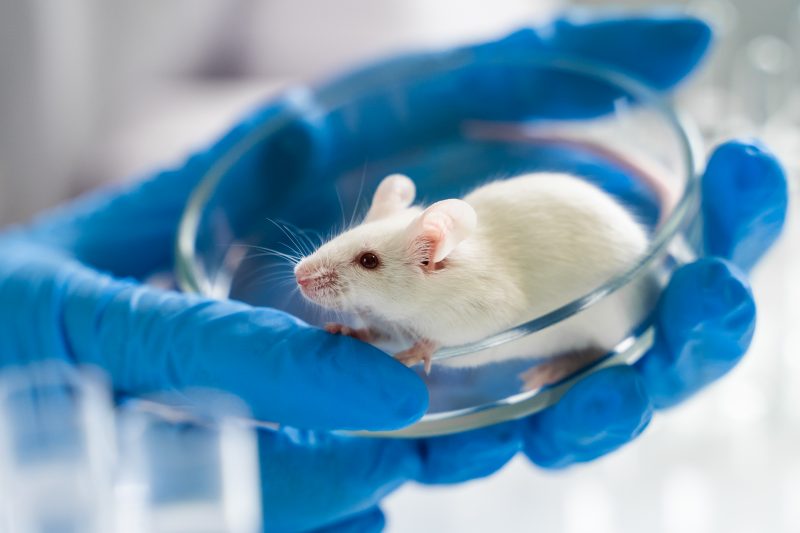Specific Fibroblast Cells Prevent Fibrosis in PF Mouse Model Study

Egoreichenkov Evgenii/Shutterstock
A subset of fibroblasts that produce a protein called meflin in lung tissues taken from people with idiopathic pulmonary fibrosis (IPF) was found to prevent fibrosis, or tissue scarring, in a disease mouse model, scientists reported.
“Our research, led by a collaborative team from Nagoya University in Japan and Yale University in the US, found a special cell population of protective fibroblasts in lungs of people with IPF,” Naozumi Hashimoto, PhD, one of the study’s authors, said in a press release.
“We anticipate that our discovery will promote better understanding of the unsolved disease mechanisms of IPF and ultimately lead to the development of novel therapies for lung fibrosis,” Hashimoto added.
Their findings were reported in the study, “Fibroblasts positive for meflin have anti-fibrotic property in pulmonary fibrosis,” published in the European Respiratory Journal.
IPF is characterized by progressive lung function decline resulting from scarring and stiffening of lung tissue. This leads to symptoms that include shortness of breath, a persistent dry cough, fatigue, and a loss of appetite.
PF can be triggered by autoimmune diseases, exposure to environmental irritants, certain medications, and in some cases, genetics.
Two cell types — fibroblasts and myofibroblasts — which normally support connective tissues, are involved in the scarring process underlying PF by producing excessive amounts of a protein called collagen.
Different types of fibroblasts exist, however, making it hard to fully understand how PF develops. Further investigation into the role of fibroblasts in the context of PF is needed.
The research team examined that role in fibroblasts which produced a protein called meflin — a potential marker for mesenchymal stromal cells, which can give rise to various cell types including bone, cartilage, and fat cells.
Using a technique called single-cell RNA sequencing to examine the gene expression, or activity, of more than 240,000 cells isolated from lung tissue (32 IPF and 29 healthy lungs), researchers found a subset of fibroblasts that actively expressed the gene providing instructions for making meflin.
Notably, these meflin-producing fibroblasts were more common in lung samples from IPF patients than those of healthy lungs.
A set of experiments involving a combination of RNA sequencing and RNA hybridization, done to localize meflin-producing fibroblasts within the tissue samples, found these cells were mostly within lesions sitting around the edges of dense scarring, but not within dense scar tissue in IPF lungs.
Researchers next triggered PF onset in mice genetically engineered to be unable to produce meflin. Compared with animals able to produce the protein, mice lacking meflin developed more extensive lung fibrosis.
This process could be reversed by providing the animals with fibroblasts specifically engineered to produce meflin. These observations demonstrated the promising anti-fibrotic properties of these cells, and their ability to prevent scar tissue formation, the researchers noted.
“These findings provide evidence to show the biological importance of meflin expression on fibroblasts and myofibroblasts in the active fibrotic region of pulmonary fibrosis,” they wrote.
In the future, the team is planning to further investigate the anti-fibrotic properties of meflin, and determine whether meflin-producing cells might be used to treat IPF.








